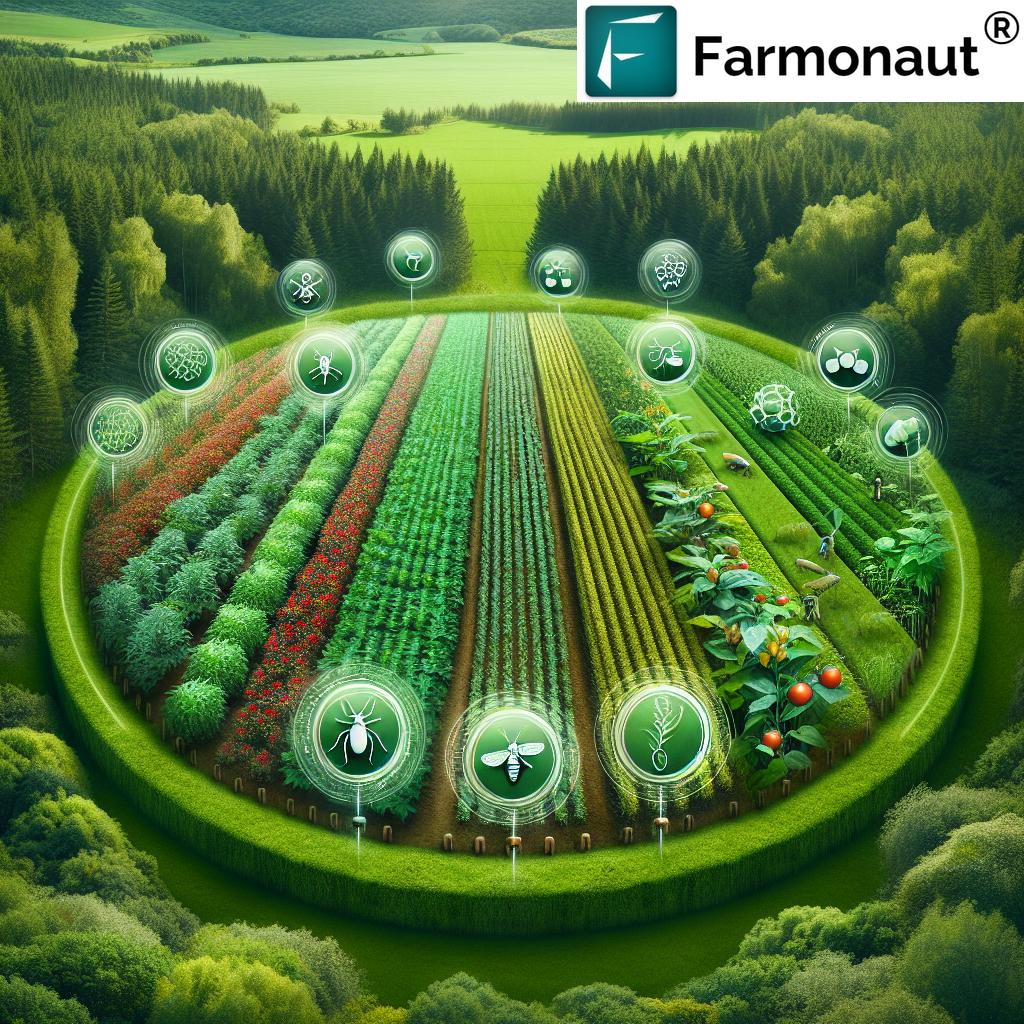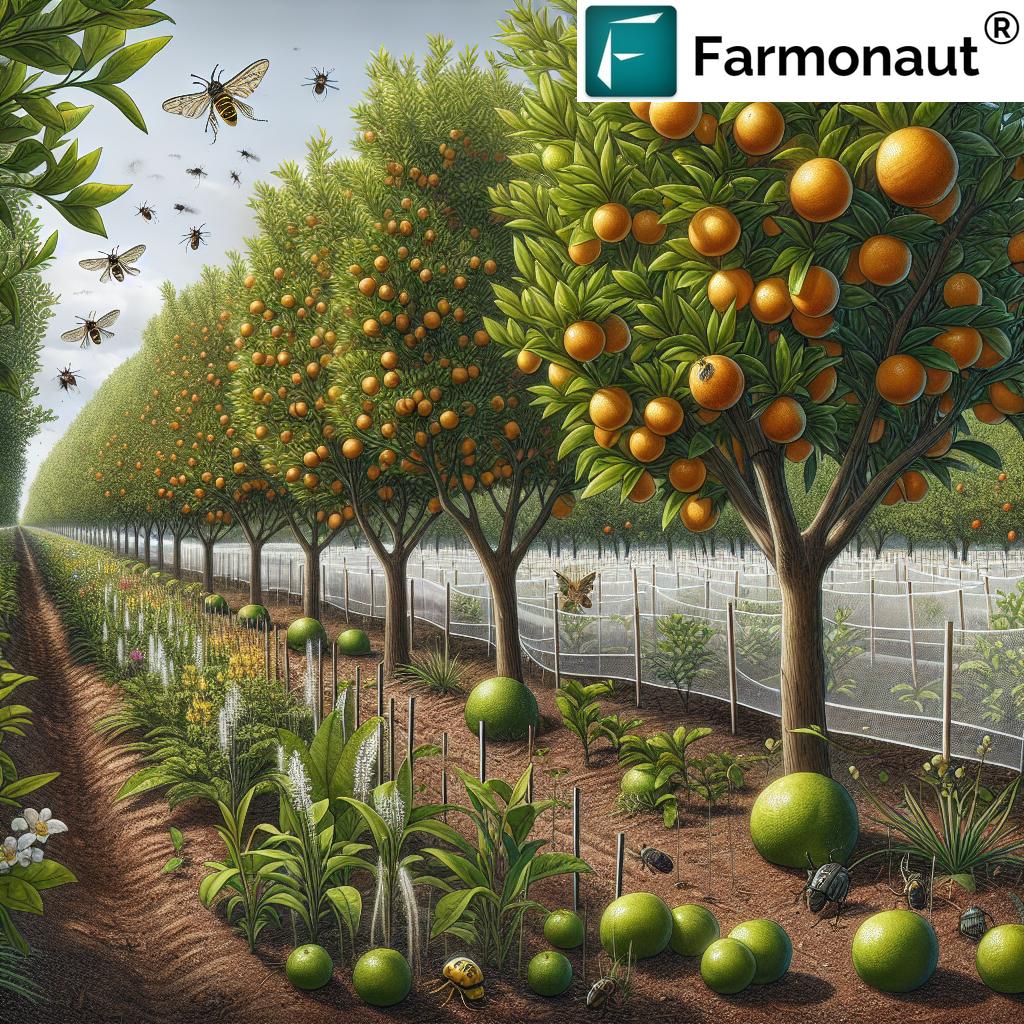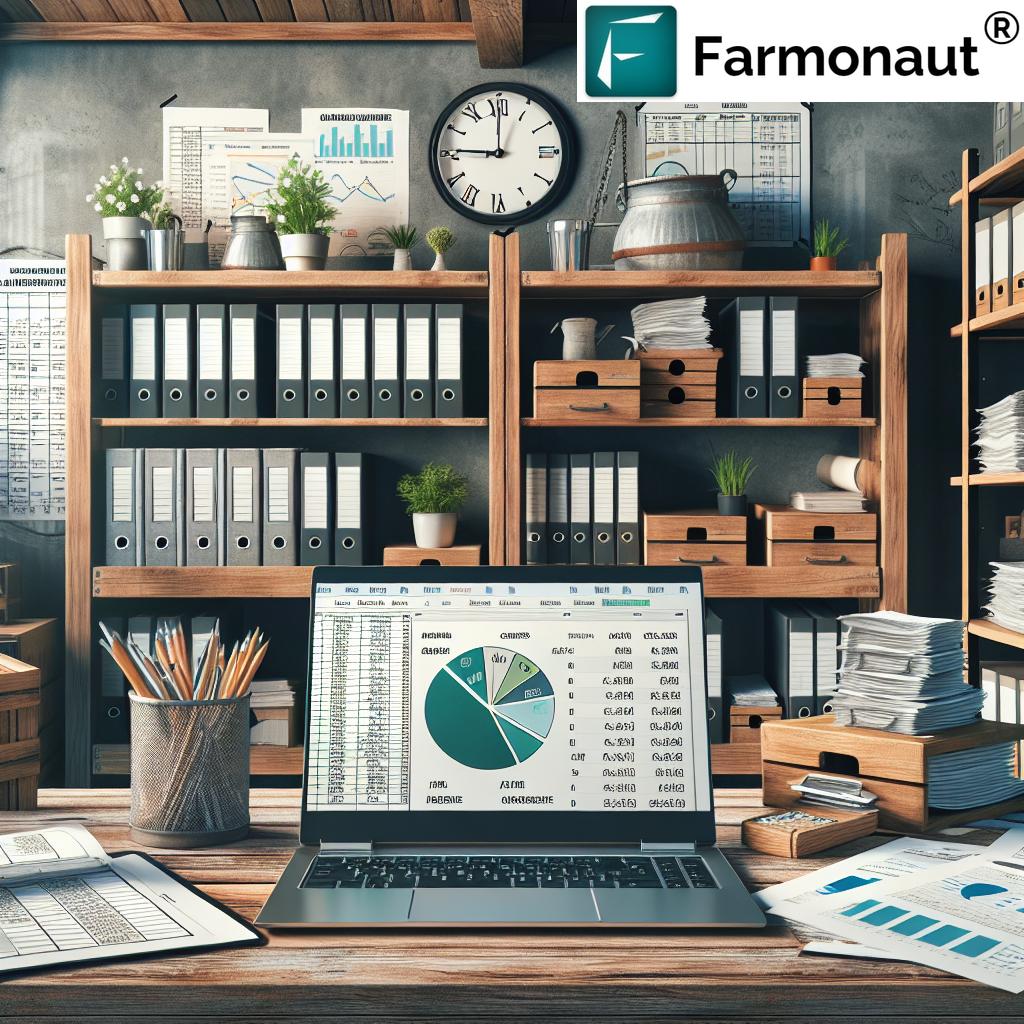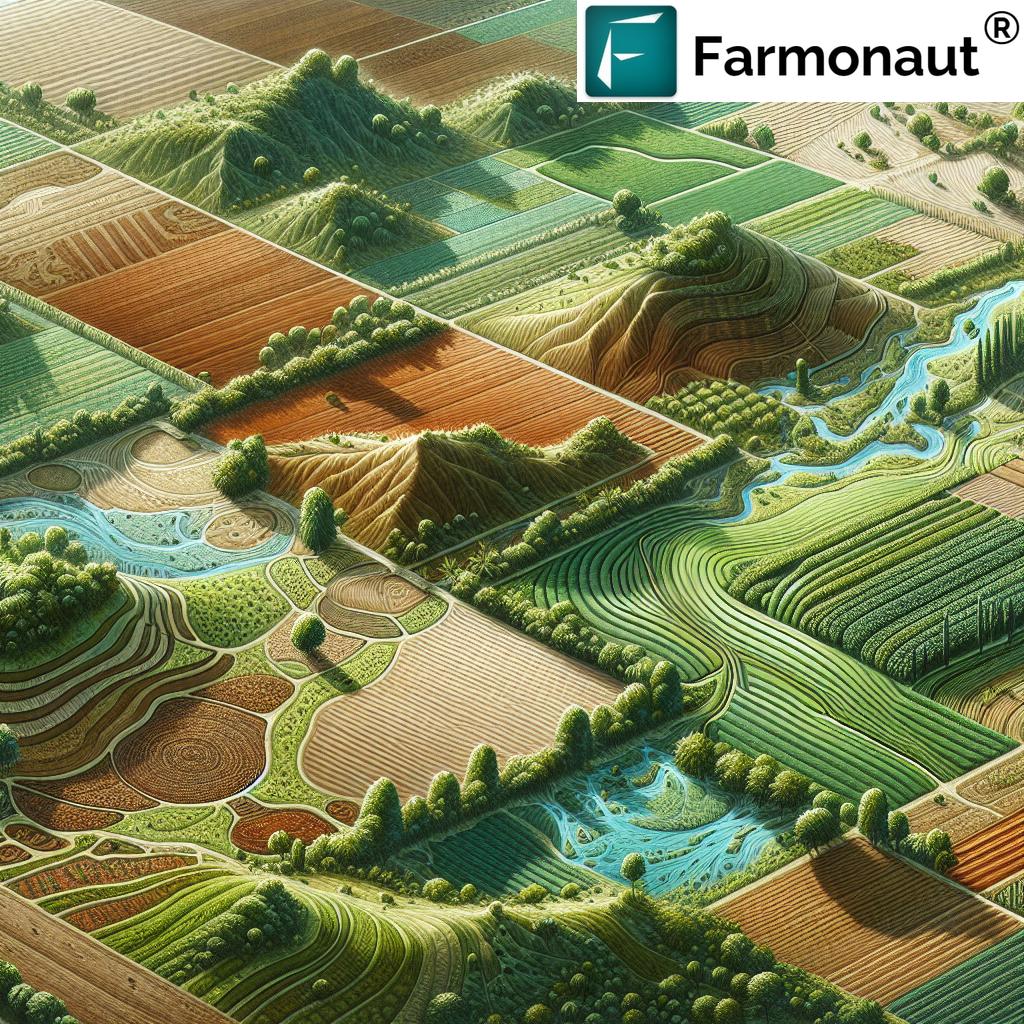Bioluminescent Flora, Bioluminescent Petunias: Top Uses in Sustainable Agriculture & Forestry (2025 Guide)
“Bioluminescent petunias can reduce energy costs by up to 30% for sustainable nighttime agricultural lighting.”
Introduction: The Frontier of Bioluminescent Flora
The emergence of bioluminescent flora, particularly bioluminescent petunias, signals a major shift towards sustainable innovation in agriculture and forestry. Driven by advances in biotechnology and a demand for eco-friendly alternatives, plants capable of glowing without external inputs offer a compelling vision for our fields, forests, and farms in 2025 and beyond.
As the scientific community advances our understanding of bioluminescence, the applications are rapidly expanding from coastal laboratories to agricultural lands and deep forests. This blog guides you through the science, real-world applications, and future potential of these remarkable organisms.
“Glow-in-the-dark flora like petunias can decrease pesticide use by around 15% in integrated pest management systems.”
Understanding Bioluminescent Flora & Petunias: The Science Behind the Glow
What is Bioluminescence? From Marine to Terrestrial Life
Bioluminescence is a natural phenomenon where certain organisms produce light via chemical reactions within their cells. Marine life like jellyfish, deep-sea fish, and plankton exhibit some of the most visually stunning examples. On land, insects such as fireflies display this unique ability.
The application of bioluminescence in terrestrial flora is still emerging, but with several years of remarkable strides in biotechnology, scientists are harnessing light-emitting genes from bacteria, fungi, and even marine organisms to transform traditional plants.
How Are Bioluminescent Petunias Engineered?
Through biotechnological development, genes responsible for bioluminescent light emission—often originally derived from bacteria or fungi—are integrated into the genomes of common decorative and agricultural plants, including petunias. The result? Genetically modified, autonomously glowing plants that do not require external chemical inputs to illuminate.
This innovation is significant: it converts plants into living light sources, capable of glowing along field margins or beneath the canopy, opening diverse practical applications in agricultural and forestry settings.
- Bioluminescent petunias glow continuously, especially after dusk.
- Light intensity can be fine-tuned for specific agricultural or forestry applications by adjusting genetic constructs.
Key Applications of Bioluminescent Flora in Agriculture
Let’s explore how bioluminescent petunias and related flora are revolutionizing agriculture by acting as natural, sustainable sources of light and pest management tools.
1. Sustainable Lighting for Agricultural Fields and Greenhouses
- Traditional agricultural lighting (e.g., LED lamps, floodlights) consumes large amounts of electricity — one of the major contributors to carbon emissions and recurring costs.
-
Bioluminescent petunias and flora are positioned as a promising tool for sustainable nocturnal lighting in farms, greenhouses, and field perimeters.
- These glowing flora can illuminate pathways, crop rows, and greenhouse interiors at night without electrical inputs, reducing reliance on costly energy sources and cutting operational expenses by up to 30% (see Trivia above for more).
- Plants act as self-sustained, zero-carbon lighting sources, mitigating negative environmental impact.
Explore how Farmonaut’s carbon footprinting service (learn more here) allows farmers and agri-businesses to track, monitor, and reduce carbon emissions by leveraging satellite-based assessments—essential for truly sustainable farm management models amplified by innovations like bioluminescent flora.
2. Integrated Pest Management: Eco-Friendly Alternatives to Chemicals
- Chemical pesticides have long been used for pest deterrence, but they have marked environmental and health impacts.
-
Bioluminescent flora present a novel method of pest deterrence and attraction:
- Many pest insects are naturally repelled or attracted by light at specific wavelengths.
- By tuning the light emitted (via precise genetic engineering), modified petunias may repel certain harmful pests or attract beneficial pollinators—both enhancing crop yields and decreasing pesticide use by around 15% (see Trivia) in integrated pest management systems.
- Selectors can choose between repellent wavelengths for pests (like moths and aphids) and attraction wavelengths for pollinators (bees, butterflies)—all without chemical applications.
3. Real-Time Crop Monitoring and Environmental Stress Detection
- Visual cues are crucial for early detection of plant stress (such as drought, nutrient deficiency, or pathogen attacks).
- Genetically engineered bioluminescent petunias can be designed so that their glow intensity changes in response to environmental stress factors—for example, glowing brighter during nitrogen deficits or disease onset.
- Field workers and farmers benefit from immediate real-time crop monitoring just by visual inspection, allowing for precision interventions and smarter crop management practices.
For precision field monitoring via satellite imagery, AI, and weather forecasting, Farmonaut’s AGRO Admin App (see how it works here) delivers insights that complement the on-the-ground, visual feedback from glowing flora. This blend of cloud-based and plant-based signals forward-integrates sustainable farm operations.
4. Sustainable Aesthetics and Organic Farming
- Glowing plants can be strategically planted in organic farm borders, urban rooftop gardens, or community plots for aesthetic appeal and branding around sustainability.
- Zero-waste lighting: When compared to solar or grid-powered lamps, bioluminescent flora leave no hardware waste at end-of-life, fitting easily into compost operations.
Bioluminescent Flora in Forestry: Lighting & Ecosystem Management
Forestry management in 2025 is adopting next-generation bioluminescent flora—especially petunias—alongside remote sensing and AI for more holistic stewardship of woodland ecosystems.
1. Lighting for Trails, Firebreaks & Remote Forest Perimeters
- Firebreaks, hiking trails, and remote boundaries often lack reliable grid access.
- Bioluminescent petunias and plants can illuminate these routes at night without electrical infrastructure or maintenance, reducing cost and carbon emission.
- The zero-electrical alternative is especially practical for municipalities, conservation groups, or ecotourism operators in remote and protected forests.
2. Forest Health Monitoring and Early-Warning Systems
- Forestry specialists need early detection of tree stress, disease, or pest outbreaks for timely management.
-
Genetically engineered, bioluminescent flora can be used as “sentinel” plants (or as biological indicators between trees).
- Intensity or color shifts in their glow signal changes in soil moisture, air quality, or pathogen presence.
- Monitoring glowing flora with drones or low-light cameras allows for rapid, non-intrusive assessment across wide field or forest areas.
- This non-chemical, natural monitoring system can supplement digital remote-sensing platforms.
Farmonaut’s satellite-based tree detection and forest advisory service (see forest advisory benefits here) uses advanced AI and geospatial data to map, monitor, and optimize tree health and placement—offering sustainable smart forestry beyond the visible spectrum.
3. Ecological Markers and Biodiversity Conservation
- Glow-in-the-dark flora can serve as biomarkers for restoration monitoring, marking newly regenerated areas, rare species zone boundaries, or environmental stress boundaries, supporting biodiversity efforts in forests.
- These markers are visible at night without damaging the natural dark—crucial for species sensitive to light pollution.
Interested in mapping forest resource utilization and tracking ecological impact for sustainability audits? We provide carbon footprinting services (see details) that help forest stakeholders quantify, reduce, and offset their carbon emissions using remote-sensing analytics.
The Science of the Glow: How Bioluminescent Petunias Work
At the molecular level, the process revolves around the luciferin–luciferase reaction:
- Luciferin: The light-emitting molecule present in marine organisms, fungi, bacteria, and, after engineering, in bioluminescent flora.
- Luciferase enzyme: Catalyzes the oxidation of luciferin, resulting in light emission.
- In bioluminescent petunias, genetic engineering techniques insert the luciferase gene into floral tissues, so the reaction occurs continuously (autonomous glow) or in response to specific plant signals.
- The emitted light is usually within the green or blue spectrum, visible to the human eye and many insects, and can be tailored by modifying gene constructs.
The real breakthrough in 2025 and beyond is the ability to make this system fully plant-powered (no need for external chemicals) and to fine-tune brightness, color, and duration for practical needs.
Comparative Benefits Table: Bioluminescent Petunias vs. Traditional Solutions
| Application Area | Traditional Solution | Bioluminescent Petunia Benefit | Estimated Quantitative Impact (2025) |
|---|---|---|---|
| Sustainable Lighting (Fields & Greenhouses) | LED/floodlights (electricity-powered) | Natural, zero-power night illumination along pathways, borders, and perimeters | ↓ Energy use by 25-30%; ↓ carbon emissions; ↓ lighting costs |
| Pest Management | Chemical pesticides, UV traps | Light-driven pest deterrence; attraction of beneficial pollinators | ↓ Chemical input by 10-15%; ↓ pest levels; ↑ pollination rates |
| Environmental Stress Monitoring | Manual scouting, remote sensors | Glow intensity signals stress or disease for rapid response | ↓ Crop loss (data-driven intervention); ↑ management precision |
| Forest & Trail Lighting | Solar lamps, headlamps | No batteries or hardware—plant-based, self-sustained | ↓ Waste; ↓ maintenance; ↑ ecological safety |
| Ecological Markers & Biodiversity Zones | Plastic ribbon, chemical paint markers | Compostable, plant-based visible night markers | ↑ Visibility; ↓ pollution; ↑ ecosystem compatibility |
Bioluminescent Innovation & Environmental Impact
- Bioluminescent flora and petunias provide an environmentally cleaner alternative to electrical lighting and chemical pest deterrents in both agriculture and forestry.
- Their integration may enhance biodiversity, supporting natural pollinator routes and reducing toxin build-up in soils and waterways.
- Glowing plants (as living markers or biosensors) facilitate softer, ecosystem-centric management models for modern farms and forests.
Satellite-based environmental monitoring (offered via Farmonaut platforms) enables users to track changes in emission levels, map resource needs for optimal plant health, and verify reductions in ecological footprint. Our blend of carbon footprinting, traceability (traceable agriculturals), and satellite-based crop loan & insurance verification supports decision-makers in their sustainability journey.
How Farmonaut’s Satellite Technology Supports Sustainability Innovation
At Farmonaut, our mission is to make satellite-based insights accessible and actionable for agriculture, forestry, and environmental management worldwide. By integrating precision satellite monitoring with AI-driven analytics and blockchain traceability, we help users:
- Monitor crop and forest health in real-time, supplementing on-the-ground bioluminescent flora signals.
- Assess carbon footprints, resource use, and ecological impact—key for verifying benefits of lighting and management innovation.
- Trace agricultural products to ensure transparency and sustainability (product traceability).
- Optimize fleet and resource management in agriculture and forestry (learn about our fleet management tools).
- Secure financing and insurance equivalently, with crop loan verification—all with the enhanced ecological credibility now possible using bioluminescent flora.
Our platform is fully mobile-responsive and integrates with your operations both on the ground and in the cloud. Explore our web, Android, and iOS apps above or use our API for embedded solutions. Read our API Developer Docs here.
Want the latest in satellite-driven sustainability and farm/forest management? Subscribe to Farmonaut below:
Current Challenges and What Lies Ahead for Bioluminescent Flora & Petunias
While the outlook is bright, several challenges and future milestones remain:
- Brightness and Longevity: Light intensity in current bioluminescent plants, including petunias, may not yet match all practical lighting needs. Ongoing research focuses on engineering greater intensity and durability for extended outdoor operation.
- Genetic Integrity and Containment: Rigorous testing is needed to ensure genetic modifications do not unintentionally spread or affect non-target flora and organisms.
- Public and Regulatory Acceptance: Bioluminescent flora are considered GMOs (genetically modified organisms) and undergo intense scrutiny around safety, ecological impact, and regulatory compliance.
- Cost and Accessibility: Scaling bioluminescent flora for mass agricultural or forestry deployment must be both cost-effective and reproducible.
The future is promising. Synthetic biology and gene editing tools such as CRISPR are expected to improve efficiency, control, and specificity of bioluminescent systems. By the end of 2025, further advancements may enable brighter, longer-lasting, and field-ready glowing plants for sustainable food and forestry production.
FAQs: Common Questions about Bioluminescent Flora & Petunias
What are bioluminescent petunias?
They are genetically engineered petunia plants capable of glowing naturally in the dark by expressing light-producing genes from marine or fungal organisms.
What benefits do bioluminescent flora offer over traditional farm lighting?
They reduce electricity use, carbon emissions, and hardware waste, while providing practical, low-intensity illumination for pathways, greenhouses, and perimeters in both agriculture and forestry settings.
Can glowing flora really manage pests?
Yes. By emitting light at carefully engineered wavelengths, bioluminescent petunias and flora can repel certain pests or attract helpful pollinators. This reduces reliance on chemical pesticides.
Are there environmental risks with bioluminescent plants?
They are genetically modified organisms (GMOs) and require regulatory approval to ensure environmental safety and limit unintended effects on non-target species.
How can I monitor my fields and forests for real-time sustainability?
Satellite-based solutions from Farmonaut enable real-time crop, resource, and emission monitoring—complementing bioluminescent flora used as in-field markers and lighting.
Do bioluminescent plants require external chemicals to glow?
No. The latest genetic designs have integrated all necessary gene pathways so plants glow autonomously, without the need for supplemental chemicals or special feeds.
Conclusion: The Road Ahead for Glowing Flora
In summary, bioluminescent flora, including bioluminescent petunias, are no longer science fiction—they are emerging as transformative tools in sustainable agriculture and forestry. Their applications in lighting, pest management, and ecological monitoring provide practical, energy-free, and environmentally conscious alternatives to conventional methods.
Both the science and applications of these plants are advancing rapidly, and genetic, digital, and ecological management layers are increasingly integrated for smarter, greener landscapes.
At Farmonaut, we empower businesses, users, and governments to transition smoothly to data-driven, nature-aligned operations—whether you’re tracking your field’s carbon footprint, securing financing, or scouting crop health from your smartphone. Our satellite-powered platforms and ecosystem insights are designed to work synergistically with biotechnological innovations like bioluminescent flora—guiding your farm, forest, or supply chain into a brighter, sustainable era.
Ready to illuminate your fields, farms, and forests? Start leveraging satellite data alongside the power of glowing flora—your sustainable future begins now!











